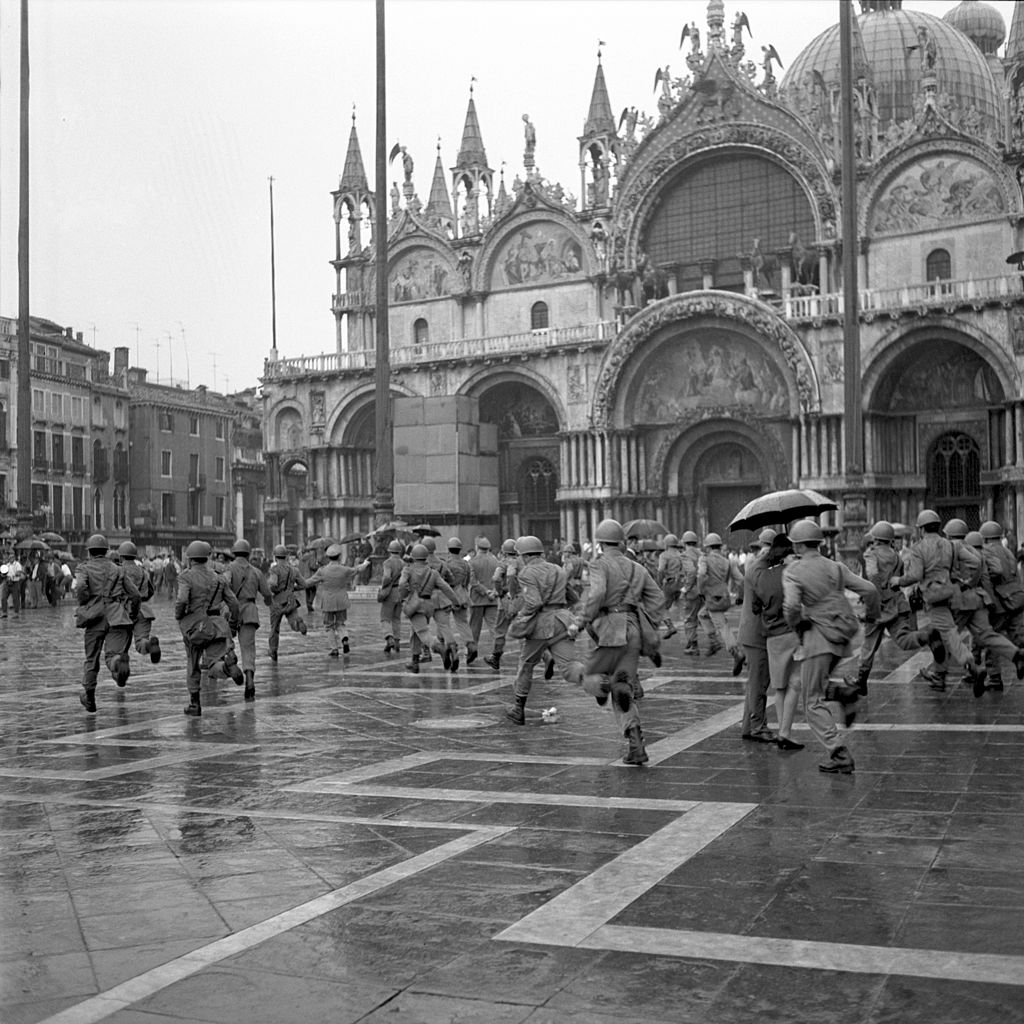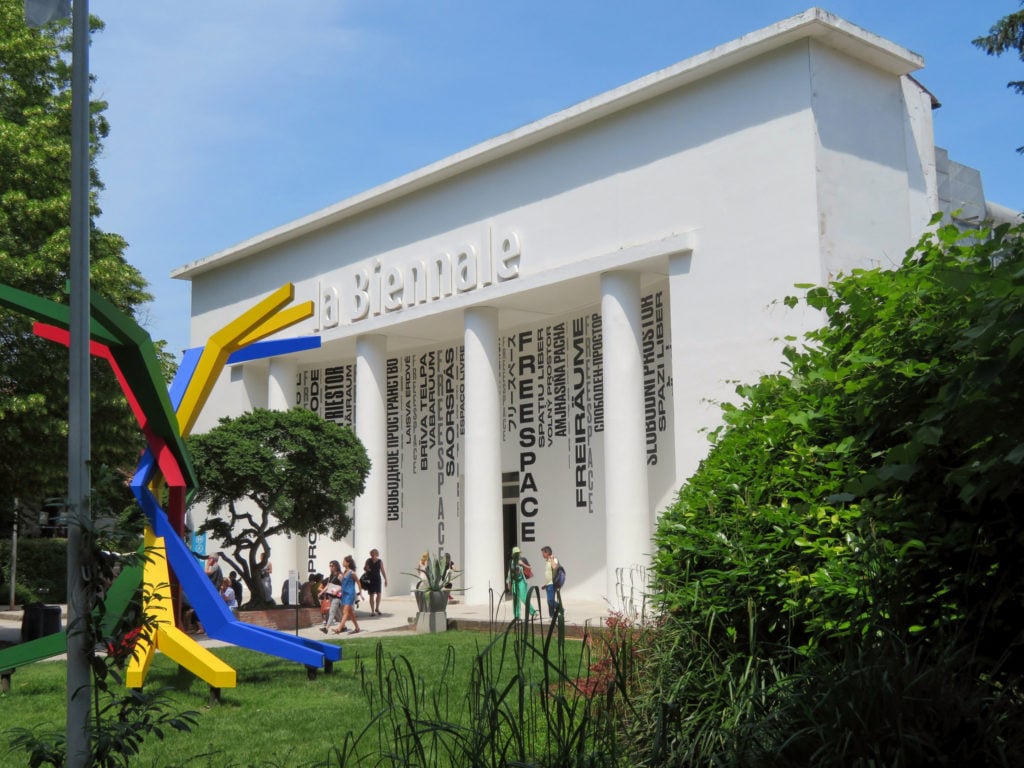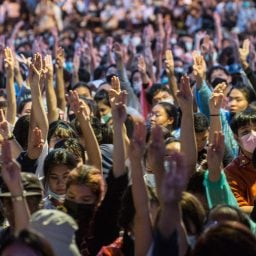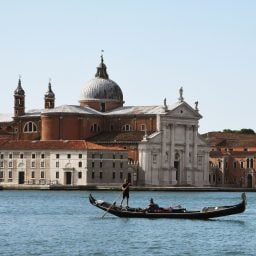While the Venice Biennale may be postponed until 2022, the organization that oversees it will celebrate its 125th anniversary this summer with an exhibition that, for the first time ever, brings together all six of its departments—art, architecture, cinema, dance, music, and theater.
Each the departments’ six artistic directors are collaborating on the archival show, titled “The Disquieted Muses. When the Biennale Meets History,” which looks at La Biennale foundation’s winding and, at times, fraught history.
“Interdisciplinary collaboration is something completely new for La Biennale,” Cecilia Alemani, who spearheaded the show and is set to curate the next Venice Biennale, tells Artnet News. “In particular, we will focus on when the institution clashed with different moments in Italian and world history, be it crisis and war, but also when it was faced with the introductions of new languages and transformations of the biennial itself.”
The exhibition will be on view from August 29 to December 8 at the central pavilion of the Giardini, which usually hosts half of the central group art exhibition. Given the detailed-oriented nature of documents and other ephemera on view, there will be no attempt to bring the show online
About 95 percent of the show will draw from the wealth of documents within the Historical Archives of Contemporary Arts in Venice. There will also be items and works on view from a large group of Italian foundations, as well as a handful of loans from the Tate Modern and the Peggy Guggenheim collection. Alemani says the institution’s archive, which was was founded in 1928, is a “living history” that includes letters, contracts, video, and pictures, as well as artist sketches and even “gifts” that participating artists may have left behind.

Police charging the student in St. Mark Square during the demonstration against the Biennale, Venice, 1968. A section of the exhibition will look at this historic moment. Photo by Archivio Cameraphoto Epoche/Getty Images.
The large central pavilion will be broken into “rooms” with displays designed by the firm formafantasma. One section will look at the years of fascism between 1928 and 1945, focusing on the work of the Futurists as well as degenerate-labeled musicians during World War II and the film festival’s wartime awards to Leni Riefensthal’s fascist propaganda film Olympia.
Other section focal points include the Cold War, highlighted by Peggy Guggenheim’s breakthrough show of her collection at the then-unused Greek pavilion, which introduced modern art to what was then a highly traditional biennial; then the show heads into the 1968 student protests, which were brought to Venice’s doorsteps. The show goes on to ebb and flow throughout the structural changes of the 1970s and into the introduction of postmodernism. It finally arrives at the 1990s with the beginning of globalization and the star-making historical pavilions such as Hans Haacke’s 1993 German pavilion and the 1999 exhibition curated by Harald Szeeman.
“Each of [the artistic directors] has traced the historical arc they thought would best illustrate the key points of La Biennale throughout its history,” said La Biennale president Roberto Cicutto in a statement. “I would like to thank all of them, and their staff, for working on this despite the current difficulties and all their other duties.”
When it comes to Alemani’s own upcoming show in 2022, she says it is still hard to imagine how the world will look then. “Since I was appointed in January, I have had to restart my plans for the show three times,” she says. “I am taking a deep breath and trying to listen and learn about the changes in the world, good and bad.”










